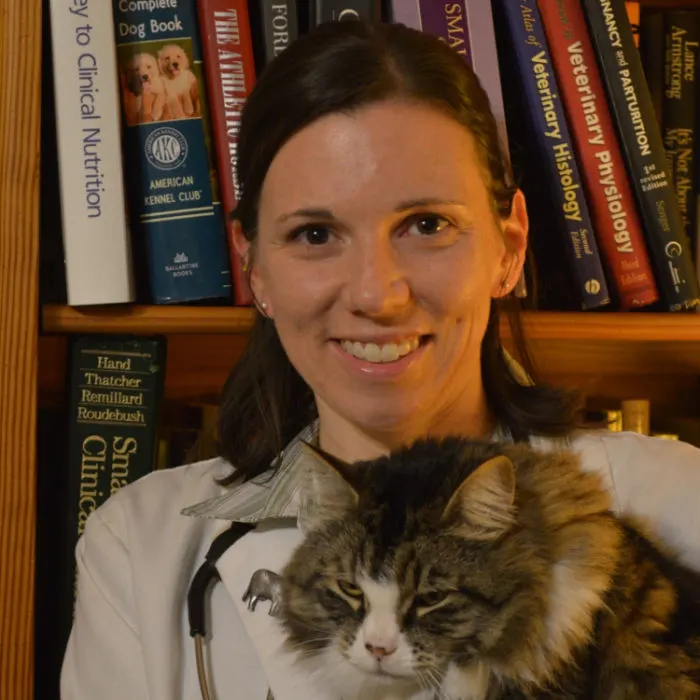If you’re a new rabbit owner or you’ve visited friends who own them, you might have wondered, “why is there chocolate cereal on the floor?” Sadly, they’re not your favorite childhood breakfast. Instead, these are bunny poops.
This post will cover everything you need to know about your pet rabbit’s droppings, from different kinds to what poop can reveal about your bunny’s health.
So stay put if you want to know more about exactly what rabbit poop looks like, especially if you’re considering getting an adorable fluff-hopper.
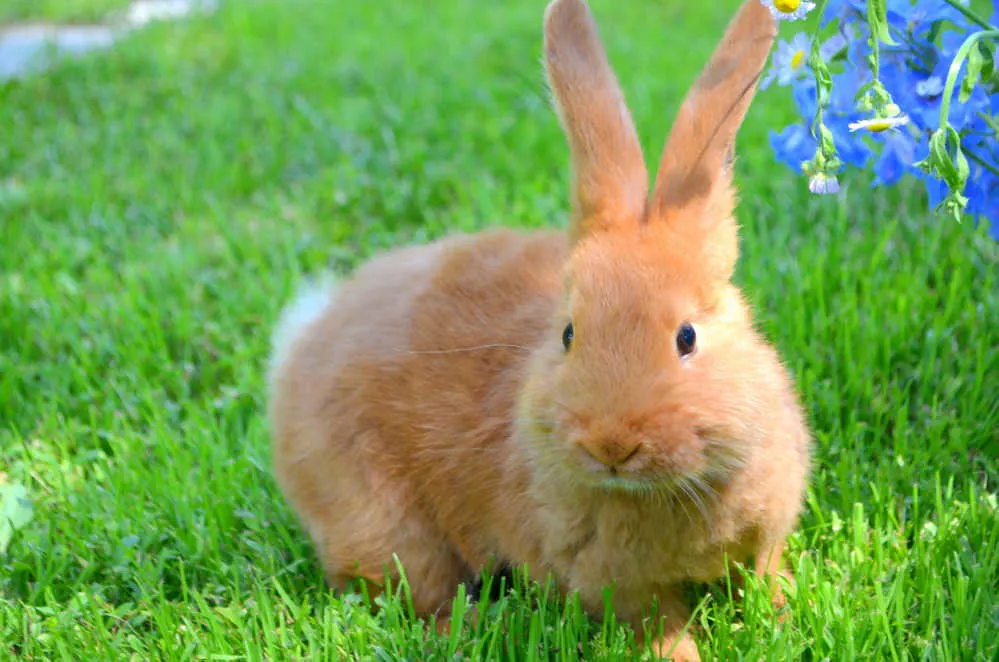
Tip: Also want to know more about bunny houses? These rabbit house ideas will help you create the cutest space for your little housemate.
What do rabbit droppings look like? A deeper dive
Right, first things first — all rabbit poops should look the same regardless of the species. However, some factors can affect how it looks, which we’ll look at below.
Generally, a rabbit’s feces should be small and round and vary between dark brown, black, medium green, and dark green. Depending on the diet, bunny droppings can also appear more tan or wheat-colored.
Bunnies are special (obviously) — not because of their unique little paws and floppy ears, but because of their poop. These fuzzy critters are the only mammal to produce two types of droppings (which we’ll get to soon).
Young rabbits vs. adult rabbits
Baby rabbits, or kits, have small poops (really teeny), and the size will increase as they grow bigger. A healthy kit’s droppings should be about 0.27 – 0.47 inches (7mm – 12mm) in diameter and look uniform.
The color should be medium-dark green, dark brown, or almost black. Sometimes the droppings have a glossy surface, which is normal. If your baby bunny’s stool looks stale and resembles a dry rabbit pellet, it may be a sign of constipation.
An adult rabbit’s droppings look like what we’ve already described above. However, a pregnant doe tends to have wetter, softer poops. You’ll also notice an increase in droppings along with other signs of pregnancy.
Small rabbits vs. big rabbits
There is little correlation between the size of your rabbit and its fecal pellets. Sometimes the tiniest bun can produce poop to put the larger ones to shame. The exact size and color may vary, but the size of the rabbit won’t play a significant role.
Related Read: How big do Flemish giant rabbits get?
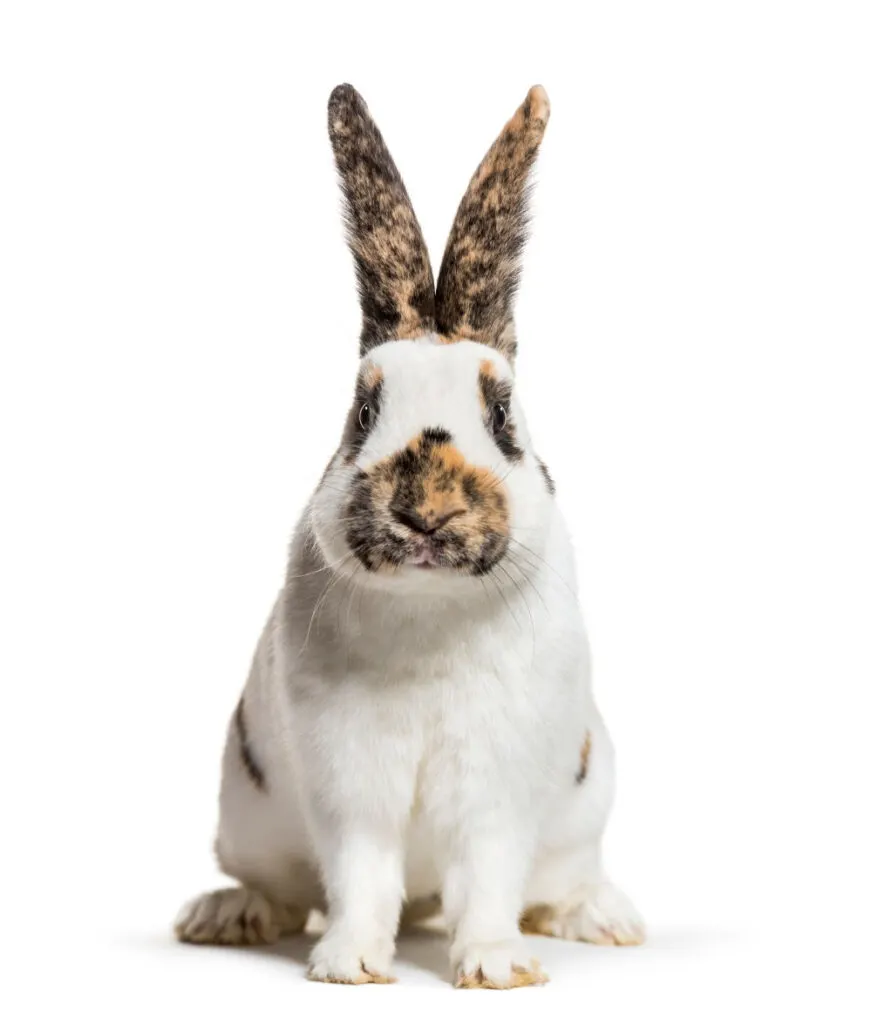
Wild rabbits vs. domesticated rabbits
A domestic rabbit’s poo is no different from a wild rabbit’s. The only thing worth noting is that domesticated buns usually leave about 200 – 300 droppings daily (which sounds insane, but it makes for an excellent manure fertilizer).
Wild rabbits, on the other hand, may leave fewer droppings around as they have to forage for themselves.
Different types of bunny poop
There are two types of droppings: fecal pellets and cecotropes. There’s one catch, though — cecotropes are not feces per se. Let’s break these down further, so you know exactly what you’re looking at.
Cecotropes
Cecotropes, or cecal pellets, are partially digested foods passed by the bunny and then re-ingested. If you’re grossed out and in disbelief right now, that’s understandable. However, your pet rabbit needs these special pellets to survive.
It might sound strange, but they cannot live healthily without eating these oddballs. Cecal pellets are nutrient-rich and contain an essential combination of bacteria and fungi perfectly designed for your bunny’s gut health and nutrition.
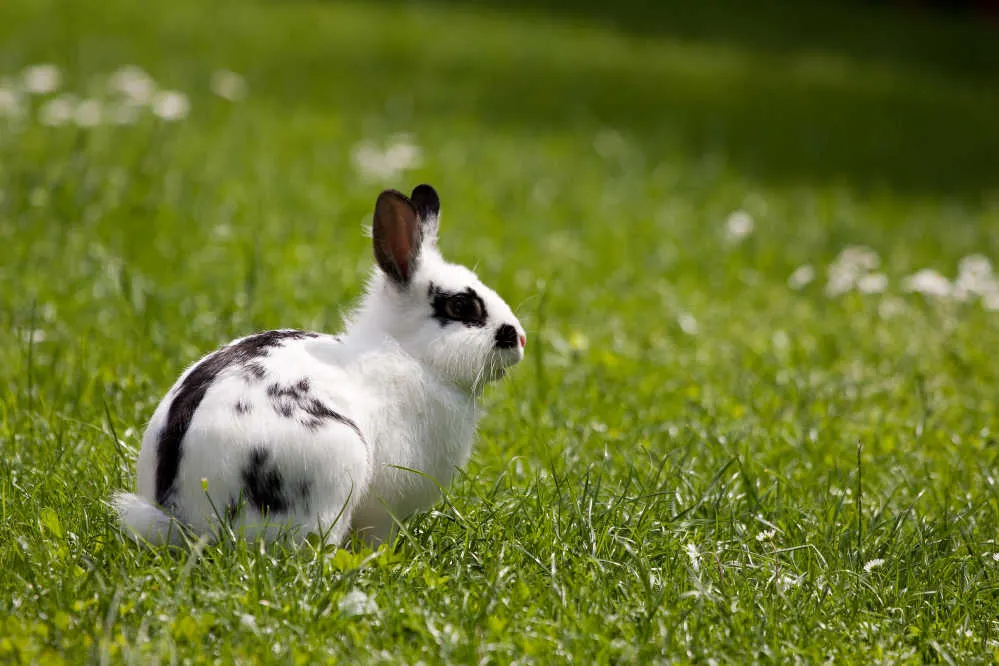
Certain fatty acids and vitamins exist that rabbits cannot produce independently from the first passage of food through the digestive system. They need one more pass through the stomach and intestines to really get all the nutrients out.
You probably won’t have seen your bunny eating something that looks like their poop. That’s because they usually won’t binge on cecotropes while you’re watching — maybe it’s embarrassing for them. But they tend to produce these pellets during the mornings, late afternoons, or at night.
It’s fairly easy to identify normal, healthy rabbit poop from cecal pellets. While both exit through the same place, cecal pellets are shiny droppings that stick together in small clusters. Unlike normal poops, these have a pungent smell and appear slightly darker in color.
Fecal pellets
Now, on to the actual poop. Fecal pellets are dry, hard, round pellets that are uniform in shape and size. These also tend to have a golden hue at their healthiest. They aren’t too dry or moist and typically appear larger than cecal pellets.
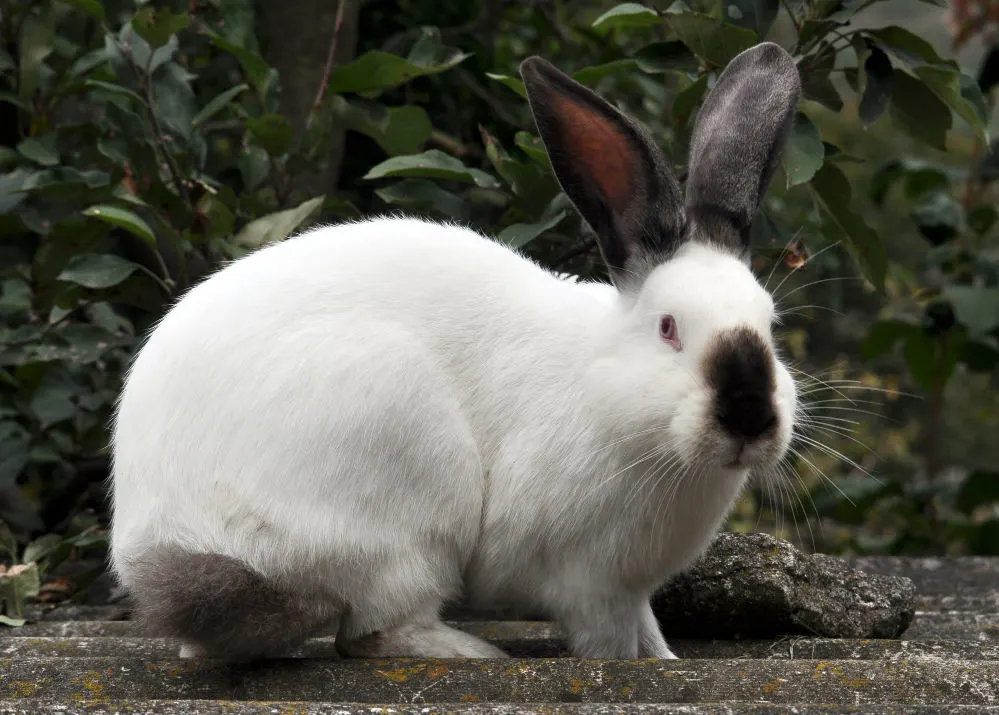
Fecal pellets have no odor and are composed mainly of undigested fiber; you’ll usually see these in your rabbit’s litter box or cage.
Top Tip: Ready to adopt a bunny but not sure where to begin? Check the best indoor rabbits out there.
What do those balls of poop reveal about your bunny’s health?
Get ready to take a closer look at your rabbit’s poop. It may not be the most appealing part of being a bunny owner, but doing this lets you determine much about your pet’s health and overall well-being.
Unhealthy rabbit droppings are much smaller and irregular in shape. Often droppings strung together with fur or fabric sticking out may reveal a health problem.
There are some reasons behind unhealthy stools, and the ways in which they can appear differently depending on the health concern. For example, is there a texture, color, or shape change? These differences are important to note, so don’t be afraid to get a bit dirty checking up on your bun (don’t worry, it doesn’t usually smell too awful).
Double poop
Ever seen double or triple-fused fecal pellets? These strange poops could be because a rabbit’s digestive system is working slower than usual. Usually, the rabbit’s gut produces new droppings at regular intervals and not in batches.
So, if you see these unusually-shaped droppings more often, it could mean that your rabbit’s gut has been slowing down, which is not normal. At this point, it would be best to visit a vet to help the bunny’s gut work at its regular pace again.
Small poop
Spotting tiny poops? It could signify that your rabbit is stressed out. If you notice that your adult bunny is producing small poops without an alteration in their eating habits or diet, then that should be a cause of concern. These little droppings could indicate far more troubling matters, such as pain or illness.
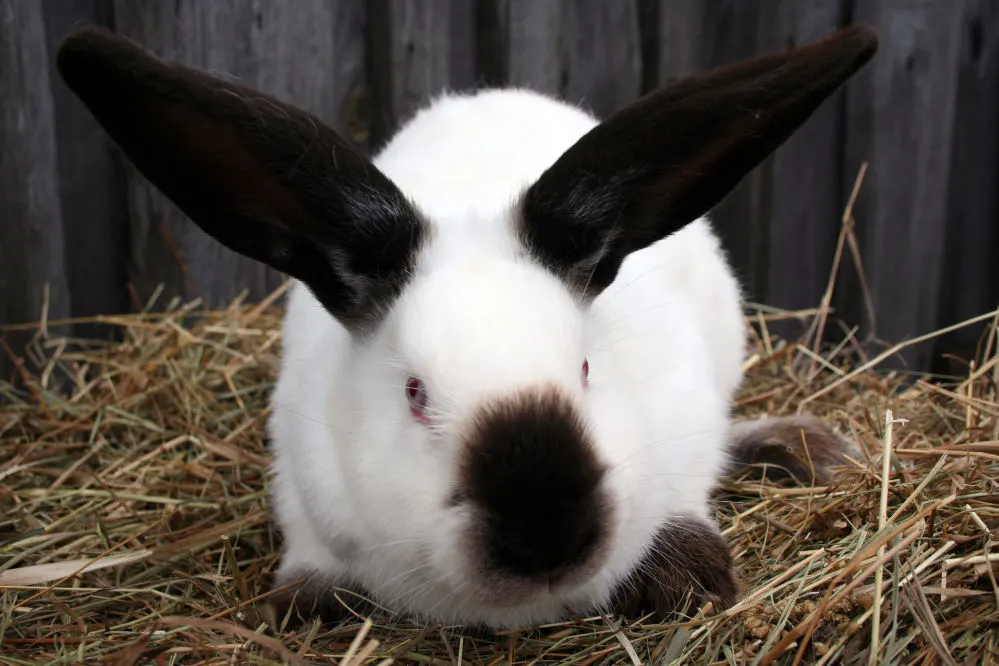
However, if you see normal-sized poop after a couple of hours, your rabbit was probably just stressed out for a little while. Anything from loud bangs to noisy dogs can give your bunny anxiety and make them poop smaller temporarily.
Strung-together poop
If you see poop strung together resembling a string of pearls here and there, don’t stress as it’s pretty common. This strange-looking poop is usually held together by fur, which the rabbit likely ingested during shedding.
Longer-haired breeds are more susceptible to pooping these pearly strings. However, be on the lookout for large amounts of this kind of poop, as it could mean that your bun is in desperate need of a grooming session. If this is the case, your rabbit might be ingesting too much hair which can lead to GI Stasis, so get them groomed (and possibly to a vet) ASAP.
Deformed poop
Tiny deformed poop could be a sign of dehydration, a blockage in your rabbit’s gut, or not eating enough. These are serious medical conditions, so if you see any of these poops lying around, you should go to your local rabbit-savvy veterinarian as soon as possible for a check-up.
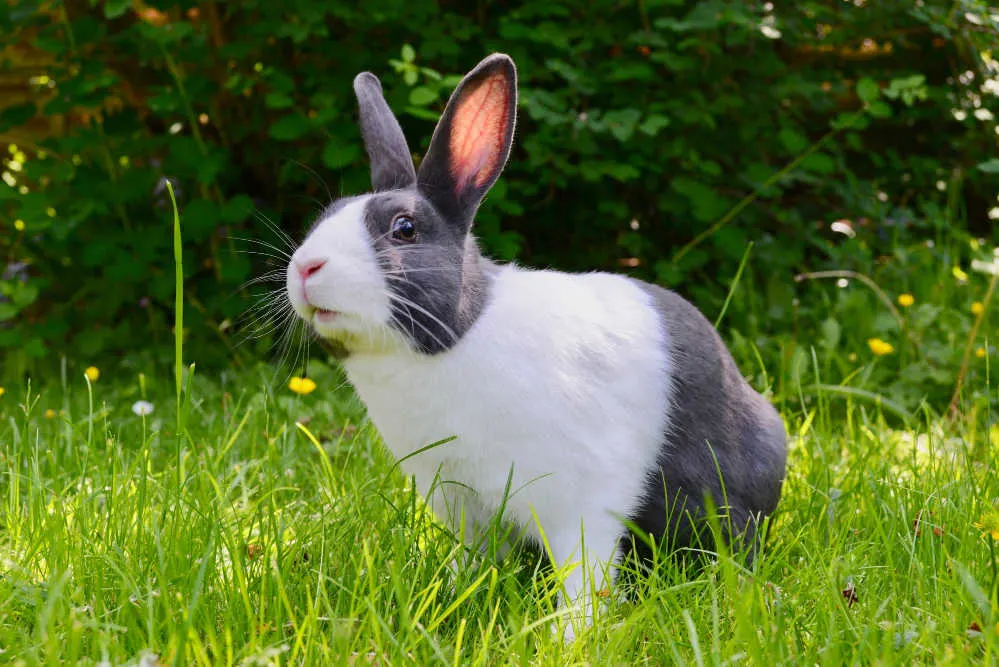
Mushy poop
There are two causes of mushy poop: true diarrhea or cecal dysbiosis. The latter results from unformed cecotropes, and the former is simply a runny stool. Telling these two poops apart can be a challenge, but cecal dysbiosis will often leave a bit of shape to the pellets.
Cecal dysbiosis is more common than true diarrhea and is not as harmful in the short term. While this mushy mess may not be as urgent, it’s still a product of an imbalanced gut and can be associated with underlying diseases or stressors.
Obesity, dental problems, a high sugar diet, urinary tract disorders, and upper respiratory infections could be causing a bad case of mushy poop. A vet check is generally in order if it doesn’t clear up.
How a rabbit’s diet affects its poop
You are what you eat, and the same goes for our furry family. Certain eating habits can affect the health of your pet rabbit and the appearance of its droppings. Here’s how your rabbit’s diet affects its poo:
Gastrointestinal problems
Rabbits may suffer from gastrointestinal problems such as diarrhea and constipation caused by several factors. And sadly, it’s not going to look like the standard perfectly spherical choco balls.
As mentioned, bunny diarrhea looks similar to unformed cecotropes, but it is runnier and wetter. The stool may appear darker, soft, and watery, and sometimes contain blood or mucus. You can always look at other clinical signs if you’re unsure whether it’s diarrhea or cecotropes.
Dirty fur around the rabbit’s bottom, reduced appetite, weight loss, and lethargy are all signs of diarrhea. In this circumstance, a bunny’s belly would usually be inflamed and they will lack energy due to dehydration.
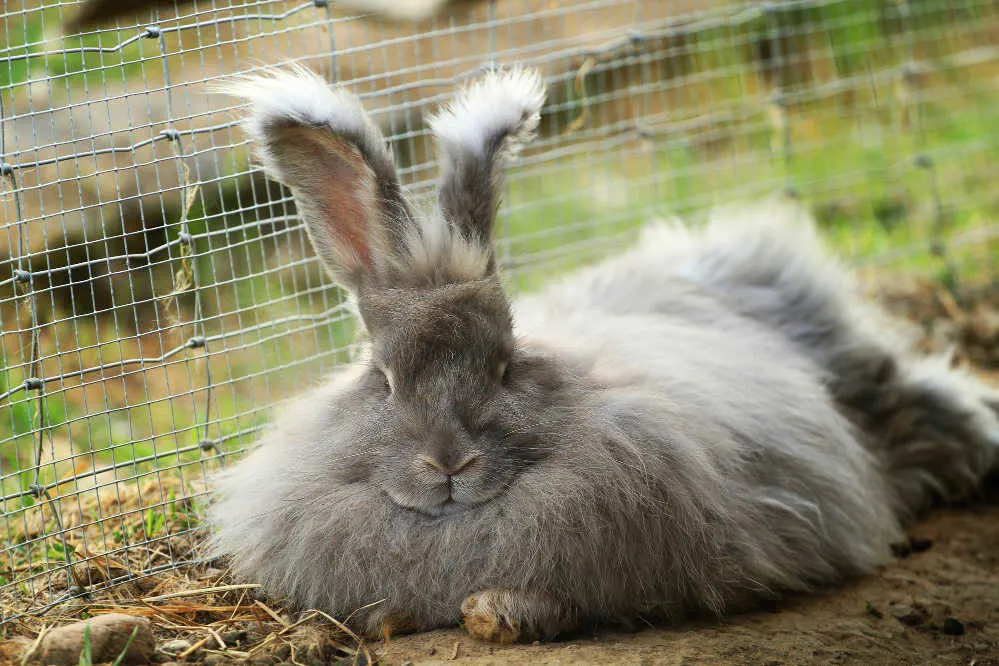
If the diarrhea is severe, fluid intake is extremely important and they may require additional fluids from your vet. If you see any of these symptoms, it would be best to take a trip to the nearest vet. The smaller the bun, the bigger the danger dehydration poses.
Obesity
If you notice squashed soft poop, your bunny might be overweight. Since cecal pellets are softer, a chubby bunny can easily squash them while trying (and failing) to reach for a nibble. This results in what looks like oddly flattened poop.
If they cannot reach these vitamin-rich balls, then you need to consider that your bun-bun may be suffering from obesity.
Rabbits are grazers and cannot get full from eating, which might make it harder to start feeding them less. But to combat obesity, an adapted eating schedule and a healthier fiber-rich diet are required. Once your furbaby achieves a healthy weight, you might stop seeing squashed droppings everywhere.
A high-sugar, protein, and carbohydrate diet
Consuming too much protein, carbs, and glucose can harm a bunny’s health. This diet causes an imbalance of gut bacteria and caecum, leading to an overproduction of cecal pellets.
So if you see a shift where your rabbit produces way more cecotropes than standard poop pellets, it could be a sign that it’s getting too much of the wrong foods. If you’re feeding your bunny a well-balanced diet and this is still happening, it may indicate that your pet is stressed out and needs a calmer environment.
How to ensure that your rabbit’s poop is healthy and normal
Now you know how healthy normal rabbit droppings ought to look, the next step is ensuring this is the norm for your pet. You can play a hand in the quality of your bun’s poop by doing the following:
Add more fiber to their diet
Giving your bunny high-fiber foods can help ensure they have a healthy gut. Foods such as fresh or dried grass and hay are excellent sources of fiber.
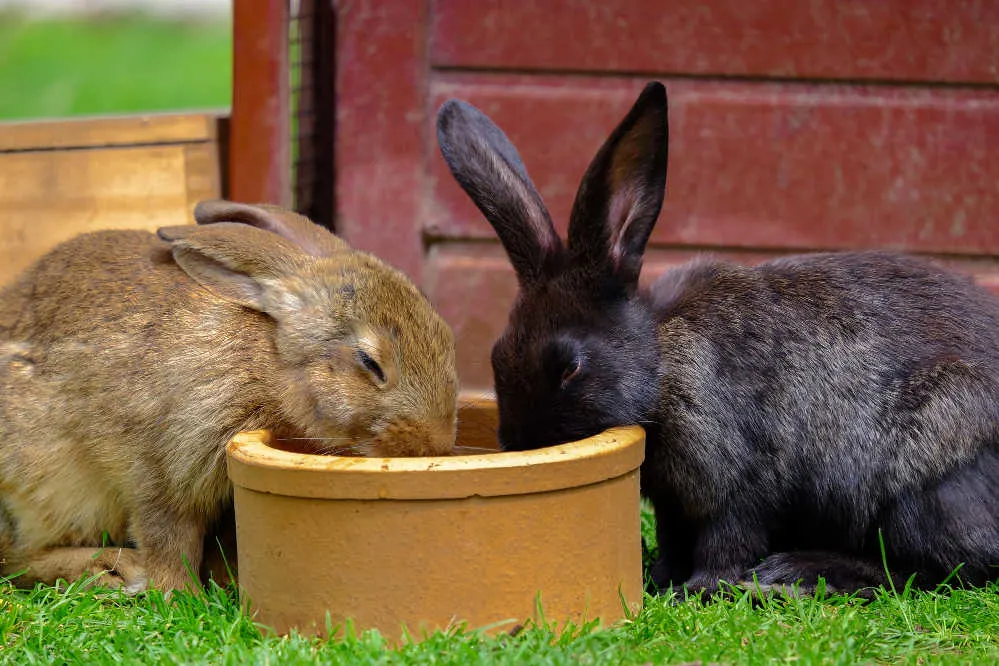
On the other hand, avoid giving them processed food high in carbohydrates. This includes crackers, bread, pretzels, cereal, chips, cookies, and pasta.
Make sure they are drinking enough water
It may not appear so, but rabbits require more water than other similar species. The average rabbit consumes between 1.7 to 5.3 fluid ounces per pound (50 to 150 milliliters per kilogram) of body weight every day.
That amount of water is equivalent to the needs of a small dog. If your rabbit is not drinking enough water, it could produce dry droppings.
Make sure your rabbit lives in clean conditions
It’s possible that your bunny can pick up bacterial, viral, or parasitic infections when exposed to dirty environments. These infections can lead to many problems, including diarrhea.
Contaminated water and food could also lead to a nasty case of the runs, and if left untreated, your bunny could develop sepsis (which can become deadly for your pet) or dehydration, which is also very serious. So please watch out for the telltale signs of diarrhea, as stated above.
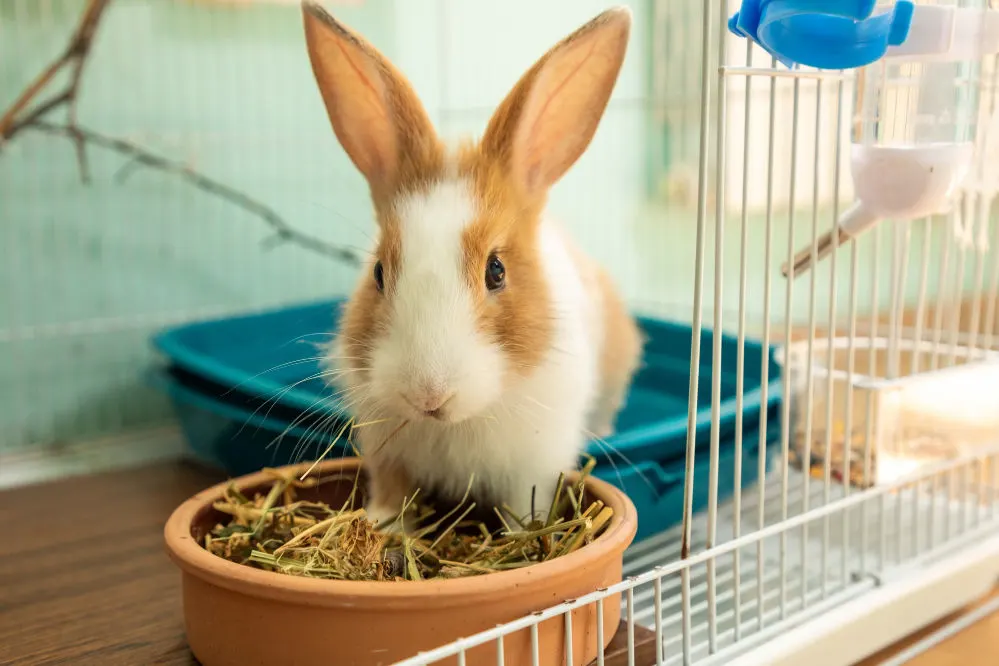
Removing uneaten foods, replacing wet bedding or shavings, and cleaning out water bowls before adding in fresh water are all steps you can take to ensure a clean environment and that your rabbit’s health is as good as it can be.
Also, try and clean out your rabbit’s hutch of poop and dirty hay at least once a day, refilling it with enough hay for it to feel comfortable.
Watch what the kiddies feed them
While babies and bunnies are a cute combo, you do have to keep a keen eye on what little kids feed your furries. Children don’t know any better and often sneak a chippy or candy into a pet’s mouth without you seeing.
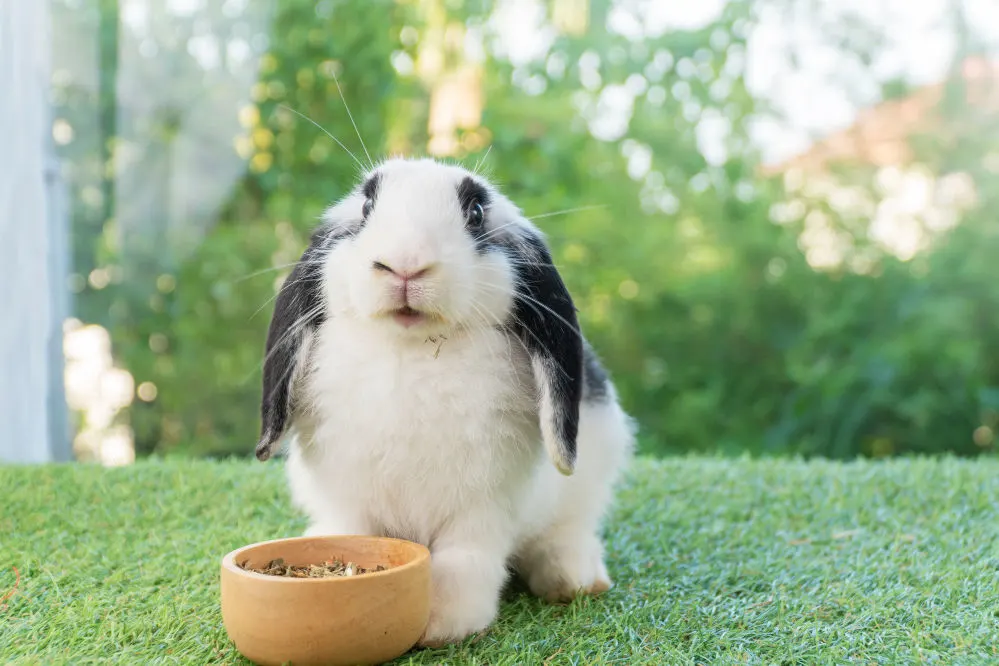
While adult rabbits are pickier and wiser with what they eat, a young rabbit will say yes to a snack that is not healthy for them.
The best way to avoid this situation is to give a toddler a safe snack that is rabbit-friendly when they’re socializing with the bunnies (yogurt chips and chocolate are a big no-no) to ensure that it continues to have a healthy diet.
The scoop on rabbit’s poop wrapped up
There you have it. The mysterious ways of rabbit poop are revealed to make you an even better owner. You now know what healthy drops are supposed to look like and what they’re not supposed to look like.
With all this information, you can make better calls on what to feed your pet rabbit and when you should pop in at your local vet. Hopefully, you’ve learned a thing or poo (pun intended).
Considering getting a new furry friend? Find out more about different rabbit breeds here, even if their poop does basically look the same.
Steph Dyson is a travel journalist by trade but a lover of all small pets. She’s been a pet mum to everything from gerbils to guinea pigs, rabbits to hamsters, and fish to dogs of all shapes and sizes. She wants to share her years of experience with small pets and make Small Pet Guides the go-to website for pet owners seeking information and care advice.

